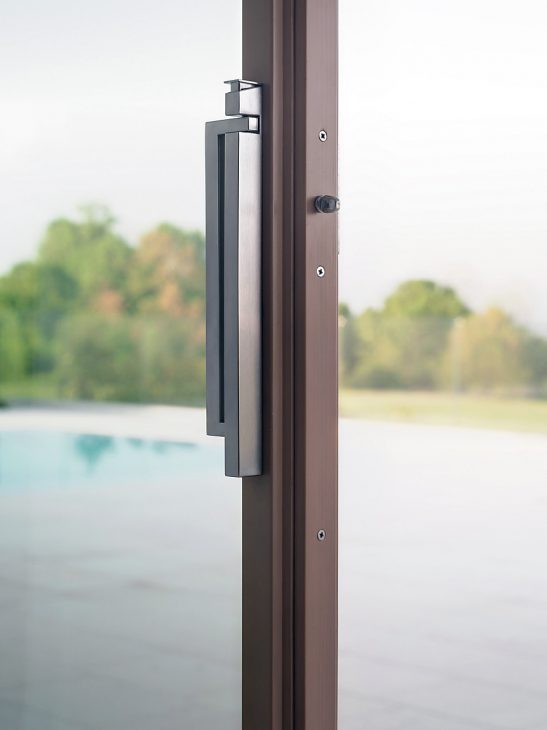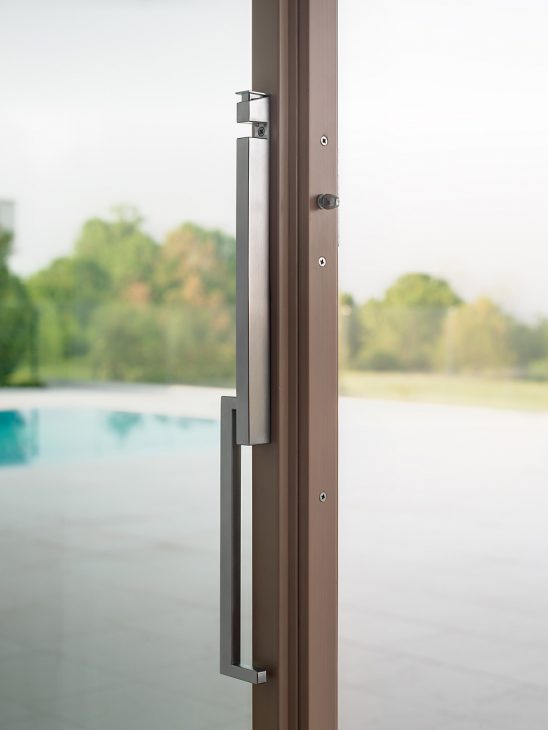The Handle, the Stranger
Who among you would be capable of describing precisely the handles present in your home? Could you answer with certainty whether the window handles in your bedroom, or those installed on the bathroom door for instance, feature rounded or square shape, classic or modern style, glossy or satin finish, silver or golden yellow color?
The handle is an accessory that is part of everyday life: an element with little impact but always present in one’s home, be it the most sophisticated or the most essential one. Nonetheless, many people do not really pay attention to the material it is made of or to its shape, finish and color. The handle falls into the category of secondary elements, its choice is often entrusted to third parties, be it the architect or the shop assistant of the nearest DIY-store.
The handle of a window or a door, owes this lack of consideration to its main feature: it is, in fact, before any other specification, a functional instrument, humble in shape and size. It is surely indispensable, however, we are likely to consider its aesthetic aspect as a mere frivolity, an added value that – perhaps – is not necessary at all.
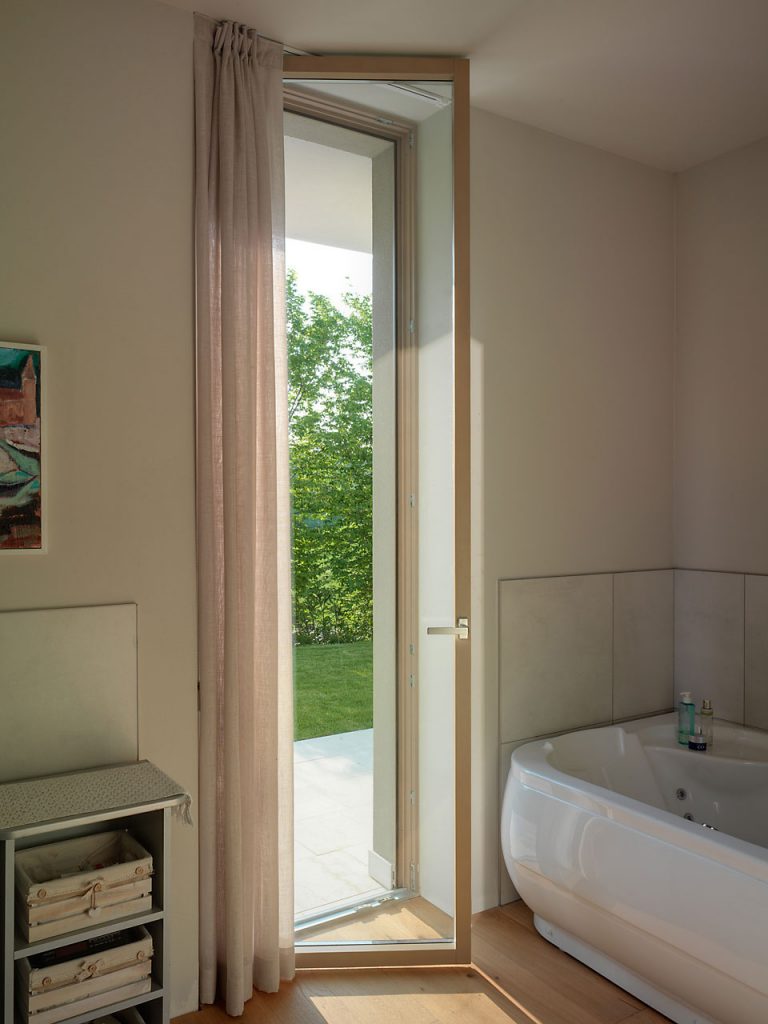
Door and window handle, brief history of design
Created for a purely functional purpose, the handle has assumed the most varied finishes over time. In fact, until the past century, we can not really talk about a real “research of different shapes” for a handle, as much as we can talk about the evolution of the materials used, and a significant differentiation based on the target of the building and the financial wellbeing of the owner.
If the most common handles were made of traditional iron alloys with a simple design, those belonging to wealthier environments combined finest materials with sophisticated and highly personalized shapes.
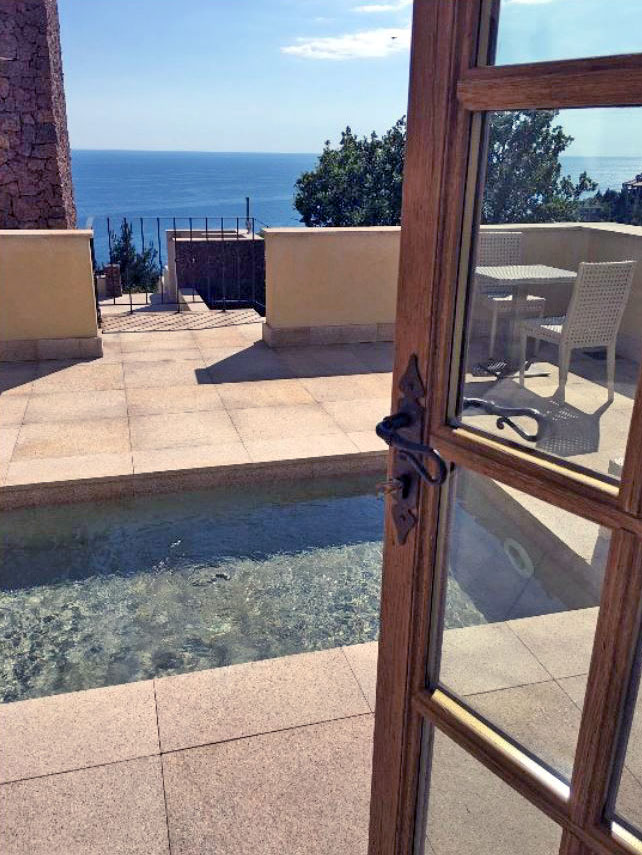
With the emergence of industrial design in the late 1920s, the shape of the handle begins to acquire more importance and becomes a challenge for many designers: how to give rise to an alternative product starting from an element that is already so basic?
To summarize the creative efforts of those years, the handles can be divided into two main categories. On the one hand the geometric handles, featuring linear and clear shapes, thus representing the maximum synthesis conceived as a simple lever that activates the opening mechanism. On the other hand, the organic handles, featuring curvilinear, sinuous shapes, which perfectly fit gestures and the size of the hand. The concept of “ergonomics” is introduced for the first time as the maximum aspiration of the handle as an object: it expresses the relationship between man and architecture, the contact of the body with the construction.
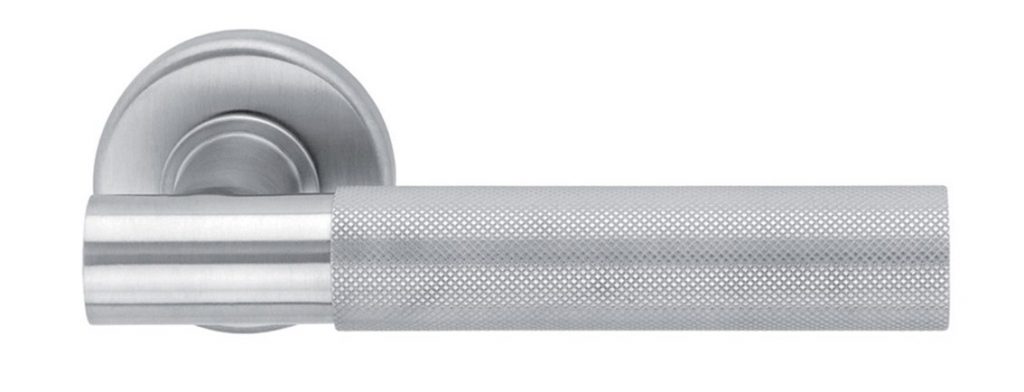
The handle today
The current trends in door and window handles do not differ much from those of the last century and are primarily based on the division between classic and modern style, artisan or design taste. However, the peculiarity of the commercial offer nowadays, lies in the ability to customize any aspect of the handle, be it the material, finish, color, shape, size or style. How to make the best choice among such a vast range of models and even broader availability of alternatives?
Unfortunately, no mathematical rule exists that would point out the right solution to our problem. Yet, there are several factors that we should take into consideration when making the right choice, that can guide us towards the model that best suits our needs. To no longer delegate the choice of your handles to a professional and to be as independent as possible in this small, yet detailed world.


